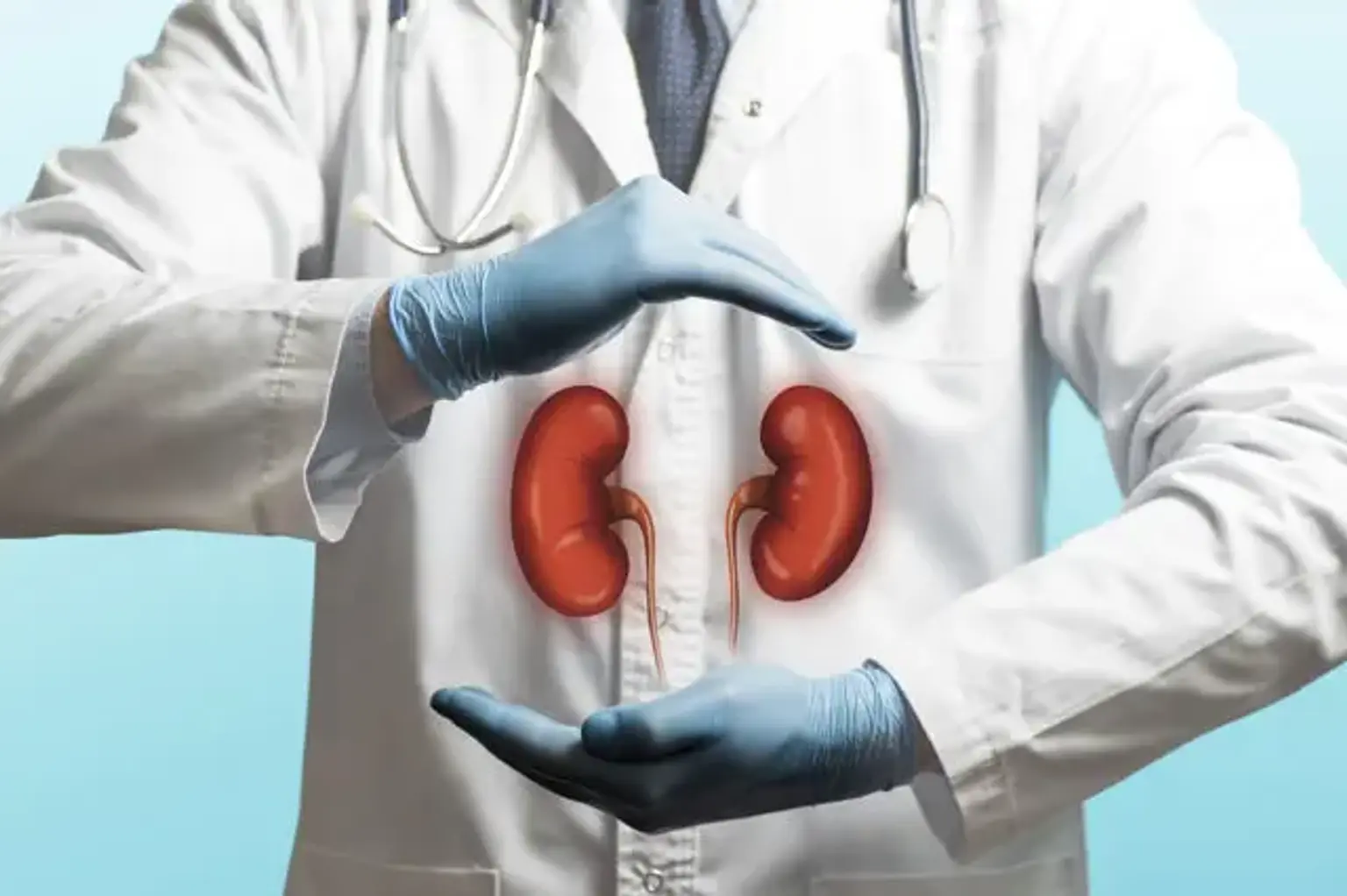The human body has two kidneys located on either side of the spine, they are bean-shaped and measure up to 6 cm in diameter. Anatomically, they occupy a retroperitoneal position (behind the peritoneum) and they are overhung by the adrenal glands.
The kidneys are responsible for filtering the blood of its toxins and forming urine as a by-product which will be excreted out of the body through the urinary system.
Functions of the kidneys
The functional unit of the kidneys is called nephrons. There are millions of nephron units within one kidney.
